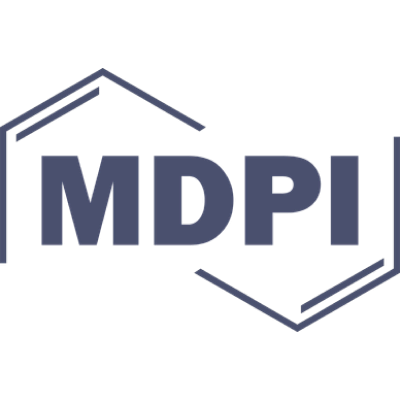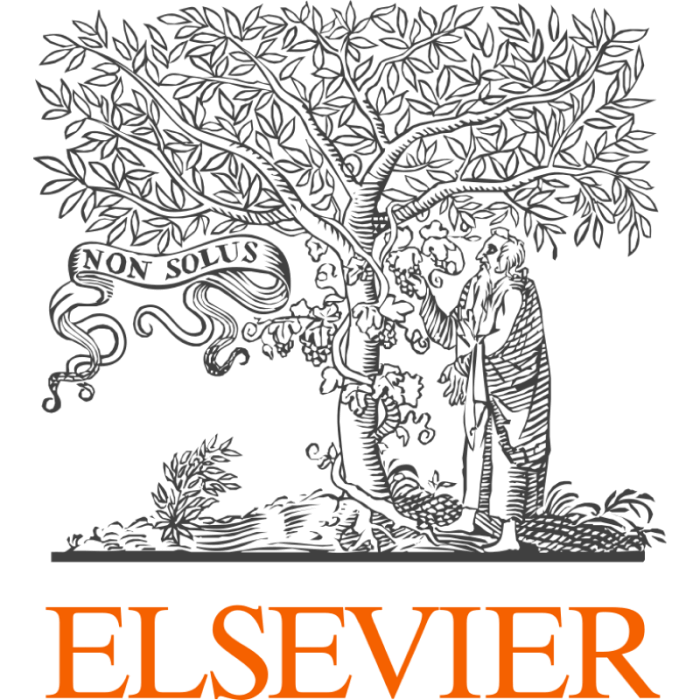
Modern and Dedicated Methods for Producing Molecularly Imprinted Polymer Layers in Sensing Applications
Molecular imprinting (MI) is the most available and known method to produce artificial recognition sites, similar to antibodies, inside or at the surface of a polymeric material. For this reason, scholars all over the world have found MI appealing, thus developing, in this past period, various types of molecularly imprinted polymers (MIPs) that can be applied to a wide range of applications, including catalysis, separation sciences and monitoring/diagnostic devices for chemicals, biochemicals and pharmaceuticals. For instance, the advantages brought by the use of MIPs in the sensing and analytics field refer to higher selectivity, sensitivity and low detection limits, but also to higher chemical and thermal stability as well as reusability. In light of recent literature findings, this review presents both modern and dedicated methods applied to produce MIP layers that can be integrated with existent detection systems. In this respect, the following MI methods to produce sensing layers are presented and discussed: surface polymerization, electropolymerization, sol–gel derived techniques, phase inversionand deposition of electroactive pastes/inks that include MIP particles.
















